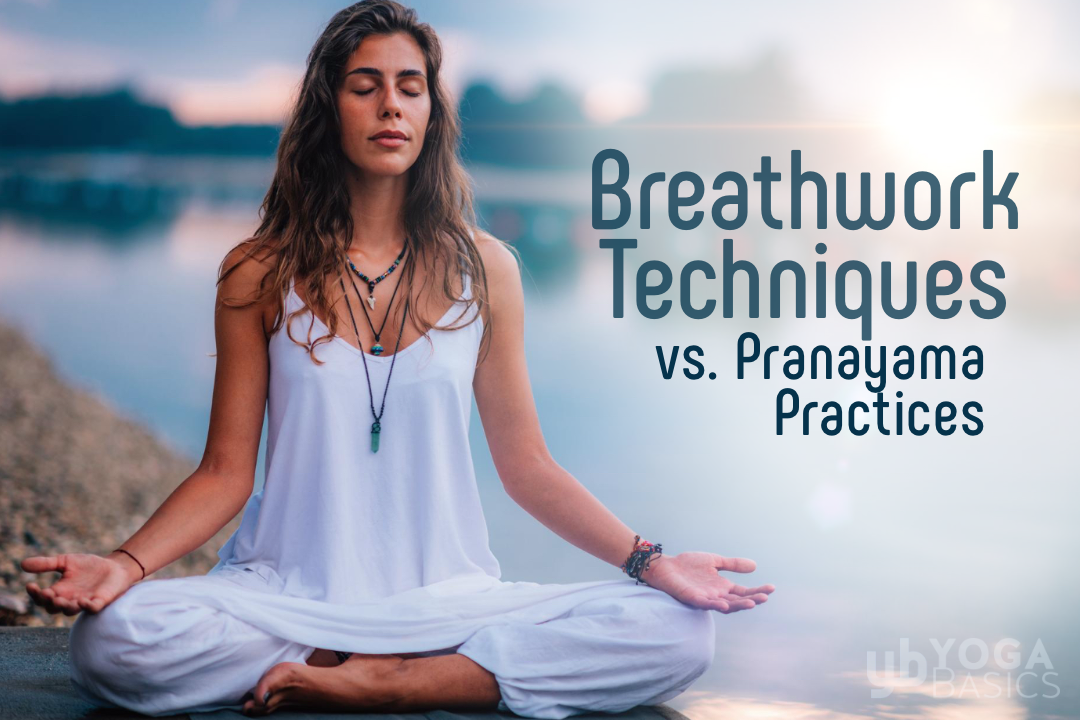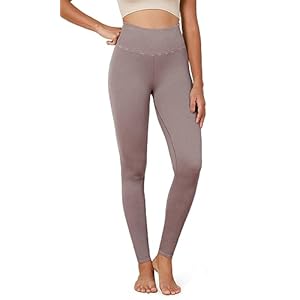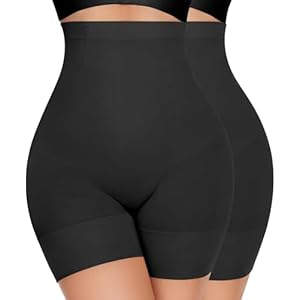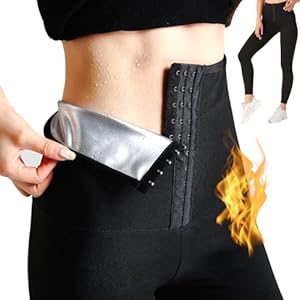
I began practising breathwork looking for reduction from anxiousness. These early periods gave me highly effective instruments for emotional regulation that medicine alone hadn’t offered. Later, as I developed a yoga observe, I turned interested in pranayama. What shocked me was how the 2 approaches complemented one another. The emotional launch of breathwork helped clear blockages that made delicate pranayama practices more practical. In the meantime, the each day self-discipline of pranayama gave me a basis that made breathwork periods extra productive and integration simpler.
Disclosure: This publish might comprise affiliate hyperlinks. If a purchase order is made via these hyperlinks, we might earn a fee at no further value to you. Your type help helps us create extra aware articles!
Now I view them as completely different instruments in my wellness toolkit—reaching for various practices relying on what I want. Typically that’s the light regulation of alternate nostril breathing; different occasions it’s the cathartic launch of a vigorous breathwork session.
What’s Breathwork?
Breathwork encompasses numerous up to date methods utilizing aware respiratory to boost bodily, emotional, and psychological wellbeing. The motion gained traction within the late twentieth century. These respiratory methods gained momentum within the Nineteen Seventies, however they’ve completely exploded in reputation over the past decade[1].
Most trendy breathwork approaches emphasize emotional launch, stress discount, and accessing completely different states of consciousness. You’ll discover these periods provided in remedy places of work, at weekend retreats, or more and more, via on-line platforms and apps.
Right this moment’s breathwork panorama consists of many approaches:
- Holotropic Breathwork: Created by Stanislav Grof, this technique makes use of fast, deep respiratory to entry altered states of consciousness. It may well really feel fairly intense, because it promotes highly effective emotional releases.[2]
- Wim Hof Methodology: This combines deep, fast respiratory adopted by breath retention with chilly publicity and meditation.
- Transformational Breath: Developed by Judith Kravitz, this method makes use of related (steady) respiratory with out pauses between inhales and exhales.[3]
- Field Respiratory: Identified for its means to calm the thoughts, this train entails equal counts for inhale, maintain, exhale, and maintain. It’s typically utilized by army people and athletes to enhance focus and efficiency.
- Resonant or Coherent Respiratory: This makes use of sluggish respiratory at about 5-6 breaths per minute to optimize coronary heart price variability and promote leisure.[4]
- 5-Finger Respiratory: A mindfulness approach the place you rely every finger as you inhale and exhale. It’s a good way to remain grounded and calm whenever you’re feeling overwhelmed.
- Pursed Lip Respiratory: Includes inhaling via the nostril and exhaling slowly via pursed lips. It’s utilized in respiratory remedy to assist with oxygen change and assist with shortness of breath.
- Round Breathwork: This focuses on respiratory repeatedly with out pausing between the inhale and exhale, just like transformational and rebirthing practices. The continual movement can create a deep meditative state. It encourages emotional launch and self-awareness.[5]
What’s Pranayama?
Pranayama is an elemental a part of classical yoga’s ancient practice. The phrase breaks down into “prana” (life drive or very important vitality) and “ayama” (extension or management), and is often translated as “yogic respiratory.” In yogic philosophy—detailed in texts like Patanjali’s Yoga Sutras and the Hatha Yoga Pradipika—pranayama refers to methods to amplify and regulate the movement of prana all through the physique.
The pranayama toolkit consists of numerous methods. Particular rhythms create completely different energetic results—energizing, calming, balancing, or focusing. Some methods contain mindfully regulating inhalation (puraka), exhalation (rechaka), and breath retention (often called kumbhaka). Different practices use inner locks (bandhas) direct vitality movement throughout the physique.
Six Key Variations Between Breathwork and Pranayama
Understanding these variations helps you select the method that finest serves your wants:
1. Philosophical Foundations
2. Respiratory Methods
- Breathwork typically employs steady, vigorous respiratory patterns. Some approaches intentionally result in a short lived state just like hyperventilation to provide cathartic releases or altered states.
- Pranayama emphasizes precision and management. Methods are methodical, with particular ratios, nostril patterns, and retention phases. The breath usually stays clean and managed relatively than forceful.
3. Studying Development
- Breathwork methods can typically be realized in a single session or workshop, with members experiencing vital results straight away.
- Pranayama historically follows a cautious development over months or years. Superior practices are solely launched when foundational methods have been mastered, and sometimes require steerage from an skilled instructor.
4. Setting and Context
- Breathwork periods could be accompanied by music, carried out in teams for emotional processing, or built-in into remedy.
- Pranayama is historically practiced in a quiet atmosphere, typically at specific times of day (daybreak and nightfall are thought of optimum), and could also be preceded by asana observe and adopted by meditation.
5. Observe Place
- Pranayama is normally practiced in a comfortably seated upright place. There’s a sturdy emphasis on protecting a straight backbone and correct posture to help meditation and vitality movement.
- Breathwork is commonly practiced by mendacity down together with your eyes closed. This encourages leisure, inward focus, and deeper emotional experiences. [4] unitybreathwork.com
6. Security and Contraindications
- As a result of some breathwork kinds are intense, they might provoke sturdy bodily or emotional responses. Sure psychological well being circumstances could also be contraindications.
- Pranayama emphasizes gradual development below expert steerage. Conventional teachings prioritize security via correct instruction and readiness.
Similarities Between Breathwork and Pranayama
Regardless of these variations, each approaches share vital frequent floor:
- Each acknowledge the breath as a robust device for reworking consciousness.
- Each can produce profound physiological advantages, together with diminished stress, improved immune perform, and higher sleep.
- Each practices develop larger physique consciousness and mindfulness. Each can function gateways to deeper meditation practices.
- Many foundational types of breathwork overlap as effectively. Easy diaphragmatic respiratory, prolonged exhalation, and rhythmic respiratory patterns seem in each traditions, although they could be approached or named in another way.
When to Select Breathwork or Pranayama
Targets and Preferences
- Should you’re on the lookout for emotional catharsis, trauma therapeutic, or a therapeutic expertise outdoors the context of yoga philosophy, trendy breathwork could also be for you.
- In case your focus is on spiritual growth, delicate vitality work, otherwise you’re already engaged in yoga or meditation practices, pranayama could be a greater match.
Life-style and Accessibility
- Breathwork tends to be approachable for newbies or these bored with conventional yoga frameworks.
- Pranayama integrates naturally in case you’re already practising yoga asana or meditation.
Entry to Instruction
- Breathwork provides simpler and extra versatile entry to instruction via workshops, on-line courses, apps, and guided periods that don’t require a deep background in yoga. Most methods are designed to be accessible to newbies from the primary session.
- Pranayama requires extra specialised and cautious steerage from certified yoga lecturers or skilled instructors. Because the methods may be advanced—involving particular ratios, inner locks (bandhas), and exact visualizations—they want correct supervision to observe safely. Many yoga traditions really advocate constructing a strong basis in bodily postures (asanas) earlier than delving deeply into pranayama, permitting the physique to develop the power and consciousness wanted for these highly effective practices.
Observe Suggestions
- Begin Sluggish: Start with easy and delicate methods, no matter which path you select.. As you achieve expertise, step by step deepen your observe by rising session size, studying new methods, and reflecting on the consequences.
- Keep Consistency: Common observe yields larger advantages over time.
- Take heed to Your Physique: Cease instantly in case you really feel dizzy, anxious, or overwhelmed.
- Search Steerage: All the time be taught superior practices from certified instructors.
- Discover Sources: Search for respected courses (in-person or on-line), books by skilled lecturers (akin to Swami Sivananda for pranayama or Stanislav Grof for breathwork), and evidence-based tutorials.
- Go Deep: Should you’re enthusiastic about sharing this work with others, it’s possible you’ll want to discover how to get certified in breathwork. There are a lot of several types of coaching applications that provide completely different approaches. Certification connects you with different superior breathwork practitioners and allows you to train courses and lead retreats to assist others and earn revenue.
Ultimate Ideas
Exploring your breath—via both trendy breathwork or yogic pranayama—can remodel your life. Each supply highly effective instruments for stress administration, enhanced well being, and private development. Strategy these practices with curiosity, mindfulness, and self-respect. With correct steerage and dedication, you’ll unlock respiratory’s profound energy.
Reference Books and Sources:
Trending Merchandise











